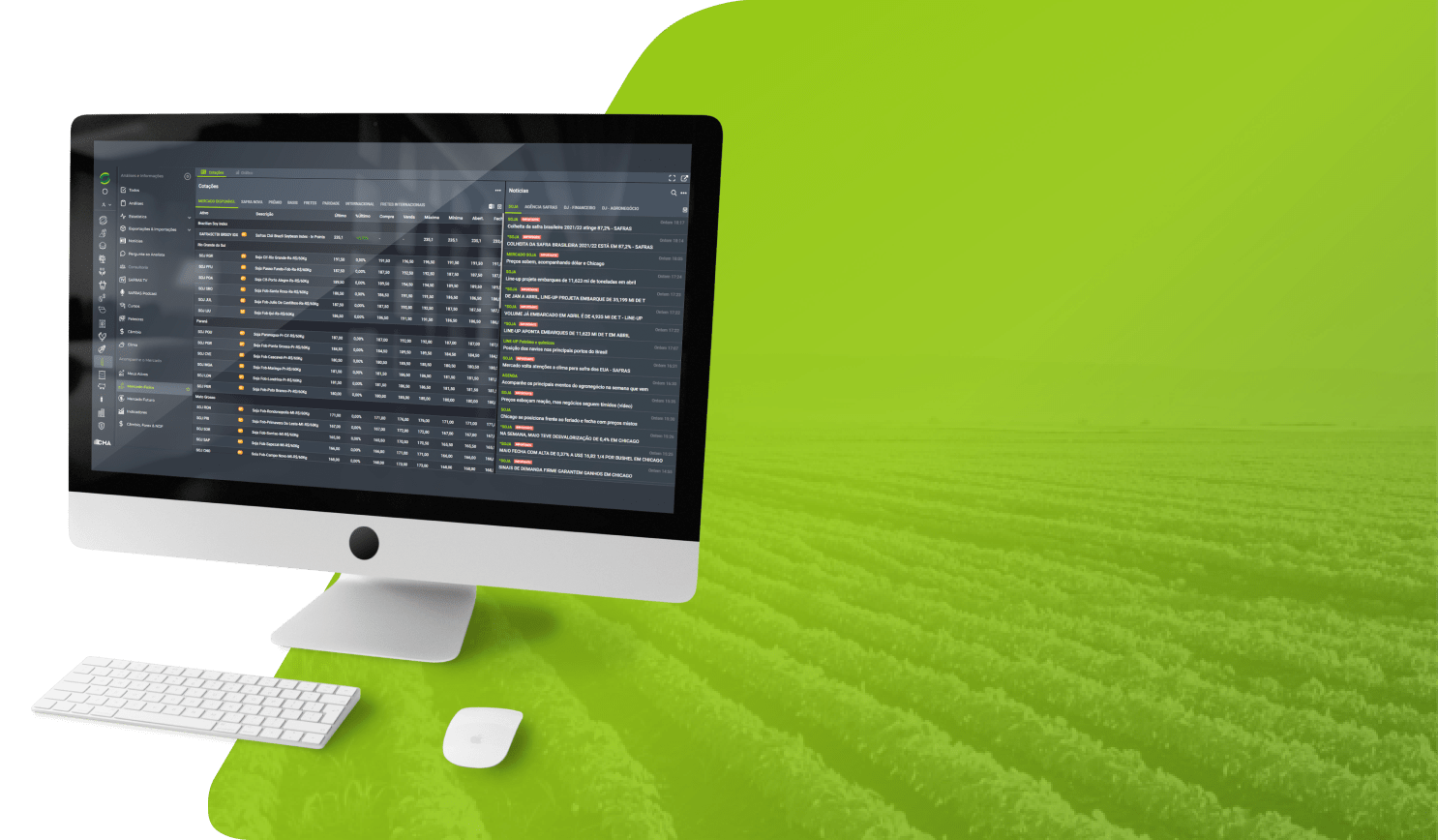Porto Alegre, January 19th, 2024 – The sales flow remains very slow, given the grower’s resistance and the buyer’s lack of aggressiveness. Growers are offering less coffee, working in small batches and managing the sales flow. The rise in prices at the end of last year justified this strategy, which did not change even after the market tumble at the beginning of 2024. Thus, the neediest buyers keep having difficulty in forming larger lots. In general terms, there is no great demand from exporters, who also seek to work only with shorter positions. This slower and shorter pace ends up taking away liquidity from negotiations.
The SAFRAS survey showed a commitment on the part of growers of 74% of
Brazil’s 2023 crop until January 16. In general terms, sales increased by 5% compared to last month. Sales are slightly below the same period last year, when they reached 75% of production, and below the 5-year average, which is around 76% for this period of the year.
In the case of arabica, an adjustment was made to the sales flow in the south of Minas Gerais. Trading in the region has been characterized by duality between cooperatives and trading companies. While cooperatives have been aggressive and maintained sales of around 70% of potential receipts, trading companies indicate a more modest sales flow, of something around 60% of potential production. This different behavior has led to distortions relative to the understanding of the trade flow, which was adjusted in this report. Thus, sales in Brazil’s main coffee-producing region were revised downward, currently at 65% of the crop potential. A sales flow lower than the 5-year average and the same period last year, when the commitment was at 72% of production. In Cerrado, the pace of sales remains slow, with growers remaining quite resistant to negotiations.
In general terms, sales of arabica coffee in Brazil reach 69% of production, below the 72% in the same period last year and the 5-year average (74%). The combination of a larger crop and a lower percentage of sales this year ends up increasing stocks held by growers of Brazil’s 2023 crop, stocks that are greater than in the same period last year. This is important strategic information, even more so with Brazil’s 2024 crop gaining more and more space on the market’s radar.
In the case of conillon, growers maintain a good business rhythm, taking advantage of the rise in prices, but without showing haste in their selling flow. Conillon sales reach 83% of production, a percentage higher than in the same period last year, when the commitment was at 80% and also above the five-year average (81%).
Copyright 2024 – Grupo CMA





